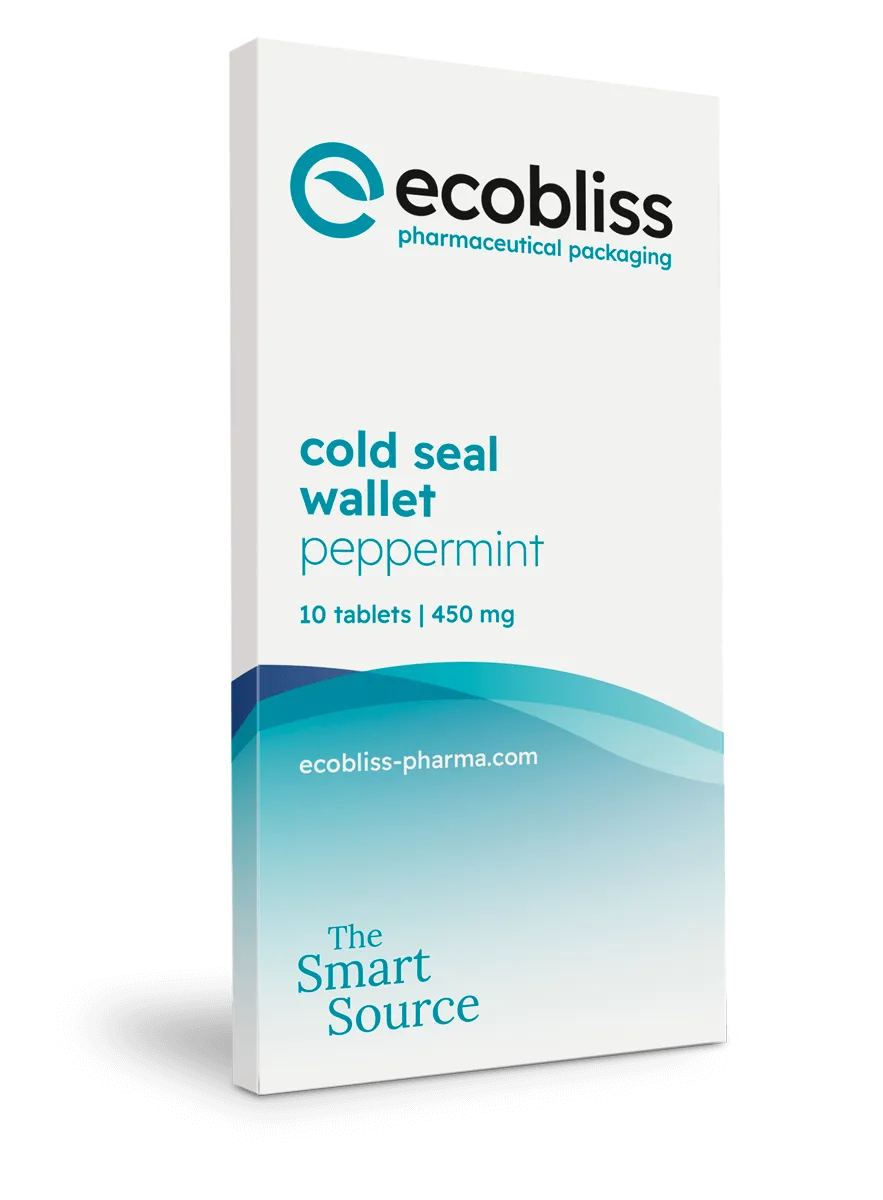The pharmaceutical industry, one where precision and safety are paramount, relies heavily on the quality of its packaging. Packaging materials are not just containers, but critical components ensuring the integrity, stability and security of medicinal products. This blog delves into various pharmaceutical packaging materials. Furthermore, we look at the importance of rigorous testing and the stringent quality control measures that are imperative in this industry.
Litróf lyfjaefna
There are a number of pharmaceutical packaging materials that are commonly used. These are the most common ones:
1. Glass: an age-old favourite, glass is predominantly used in the pharmaceutical industry for its inert nature. This ensures that it does not react with the contents it holds. Glass vials, ampoules and bottles are common for liquid formulations, injectables and some solid forms like tablets and capsules. The non-porous nature of glass also offers an excellent barrier against moisture, gas and odours.
2. Plastics: plastics have revolutionized packaging with their versatility. High-Density Polyethylene (HDPE), Polyethylene Terephthalate (PET), and Polyvinyl Chloride (PVC) are widely used. Their lightweight, unbreakable nature and ability to be moulded into various shapes make them ideal for a range of products. These products include bottles, blister packs and dropper bottles. Advances in plastic technology also include biodegradable plastics, aligning with environmental sustainability goals.
3. Aluminium: known for its excellent barrier properties, aluminium is primarily used in blister packaging. It protects sensitive products from moisture, oxygen and light, thereby extending their shelf life. Aluminium foils are often used in combination with plastic and paper to create a multi-layered package that is both durable and user-friendly.
4. Paper and board: paper and board packaging material for pharmaceutical product is used mainly for secondary packaging – boxes, cartons and labels. It is crucial for providing product information, branding and tamper evidence. Recyclable and biodegradable, these materials are becoming increasingly popular due to their lower environmental impact.
Prófun á lyfjaumbúðaefnum
Ensuring the compatibility and stability of pharmaceutical products with their packaging is critical. This is where the testing of pharmaceutical packaging materials plays a vital role. Tests are designed to assess the chemical compatibility, physical integrity and protective capability of packaging materials. These include:
· Permeation testing: evaluates the barrier properties of packaging against gases, moisture and volatile compounds.
· Leakage testing: ensures that containers are hermetically sealed to prevent contamination.
· Compatibility testing: assesses the interaction between the packaging material and the pharmaceutical product.
These tests are not only essential for product safety but are also mandated by regulatory bodies such as the FDA and EMA. Guidelines like ICH Q1A require thorough stability and compatibility testing as part of the drug approval process. Real-world examples highlight the importance of these tests — such as the discovery of glass delamination in vials or the leaching of plasticizers from certain polymers into drug formulations. By identifying these risks early, manufacturers can adapt materials or processes to preserve drug efficacy and protect patient health.
Quality control of packaging material for pharmaceutical product
Quality control is non-negotiable in pharmaceutical materials. It encompasses:
· Material inspection: raw materials are rigorously inspected for defects, impurities and compliance with regulatory standards.
· Process control: continuous monitoring of the manufacturing process to ensure consistency and quality of the packaging.
· Final product testing: finished pharmaceutical packaging materials undergo tests for durability, sterility (where applicable) and compliance with specified requirements.
The choice of packaging material used for pharmaceutical product is a critical decision that impacts the efficacy, safety and shelf life of medical products.With evolving technologies and increasing regulatory demands, the industry continues to innovate in both materials and testing methodologies. For those seeking to learn more or those who require expert assistance in pharmaceutical packaging materials and solutions, we invite you to connect with our team directly through the contact button on our website.
Biðja um ókeypis sýnishorn núna!










